Register now to join Ufos Travel and make travel friends around the world
Login to follow friends and send messages. No Account? Register
×
Two years ago, I participated in a one-day Trip to Sanyi for the "Miaoli Museum Experience Workshop" organized by the Miaoli County Government. At that time, I heard that this event was very popular and it was fully booked. This time I signed up for a one-day Tour of Yuanli online and saw how popular the event was. The 30 places for a group were all taken up within 5 minutes of opening. This is because the one-day tour includes a tour guide and lunch for free (this year it is It’s free (it is said that fees will be charged later), it’s so healthy!
After gathering at Miaoli Railway Station that morning, we took a tour bus to Yuanli, which took about 40 minutes. The three scenic spots we are going to visit today are very close to each other, so they are suitable for a one-day trip together.
First stop: "Rush Cultural Center + Rice Field Painting"
When we arrived at the Rush Cultural Center, we didn’t rush in. Instead, we went to the viewing pavilion opposite to admire the rice field paintings.

The rice fields in the garden have two rice crops a year. The first half of this year is a super cute Q version of Mazu, and the second half is themed Jurassic Park, using green, yellow, purple and white rice to draw various Different dinosaurs. By taking aerial photos online, you can see the patterns painted on the rice fields more clearly.

Opposite the painted rice fields, the Rush Cultural Center was renovated from an old granary. It takes the ecology and weaving culture of rushes as its theme, hoping to allow visitors to understand this century-old traditional industry in the garden.

As soon as you enter the door, you can see the previously painted rice field pattern. The Q version of Mazu is really cute!

The cultural center introduces the history of the hat and mat industry. It turns out that the Daokas people who lived in the garden began to weave rushes nearly three hundred years ago. It was not until more than a hundred years ago that it developed into an export industry. The famous Dajia straw hat is Produced in the garden.

Models are used in the display window to recreate previous scenes, from rush harvesting, drying, and splitting (use a needle to split a rush into 2 to 4 pieces depending on the required fineness) to the weaving and ironing of straw baskets/hats. It is flat, shaped and pressurized, allowing visitors to easily understand the rush processing process.
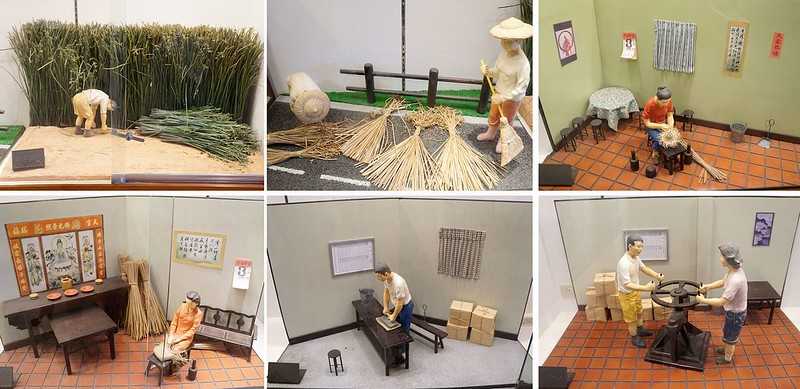
The rush has a triangular cross-section and has a special grassy scent. There are real products on site that you can touch and smell.


The products woven from rushes include straw hats, straw mats, and bags. They can also be made into mobile phone bags, coin purses, tissue boxes, and other small items that can be used in daily life.

There is also a hat and mat weaving demonstration area set up in the cultural center, allowing the younger generation to see this traditional skill with their own eyes. If they are interested, they can also DIY (advance reservation required, 100 yuan/person).

Next to the demonstration area, there are some stories about the grandmothers in the garden. At that time, girls in every household learned to make rush weaving from an early age to supplement their family income. They also had the opportunity to earn more than men's salary at work!
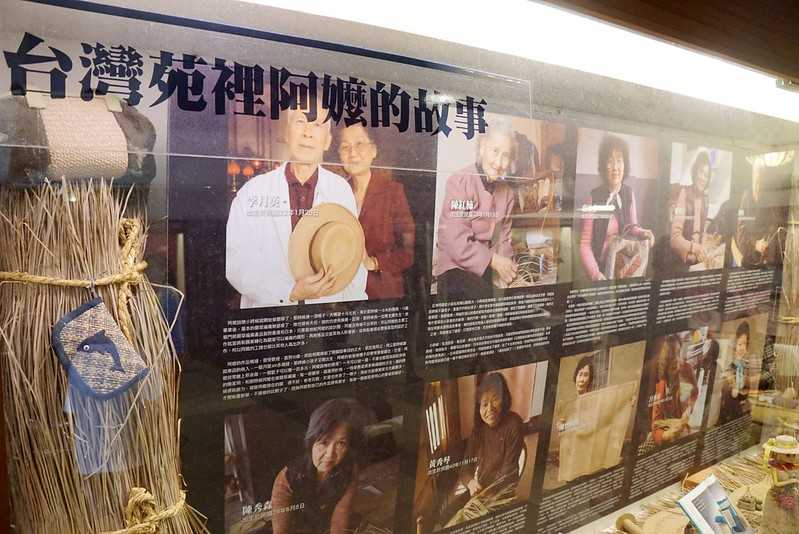
Second stop "Huatao Kiln"
The second stop was the Huatao Kiln on the hillside on the west side of Huoyan Mountain. Because the road was too small, the tour bus couldn't drive in, so we got off the bus on the main road and walked into the Huatao Kiln. There are green rice fields beside the road. When the wind blows, the rice sways in the wind, and the rural scenery is quite charming.
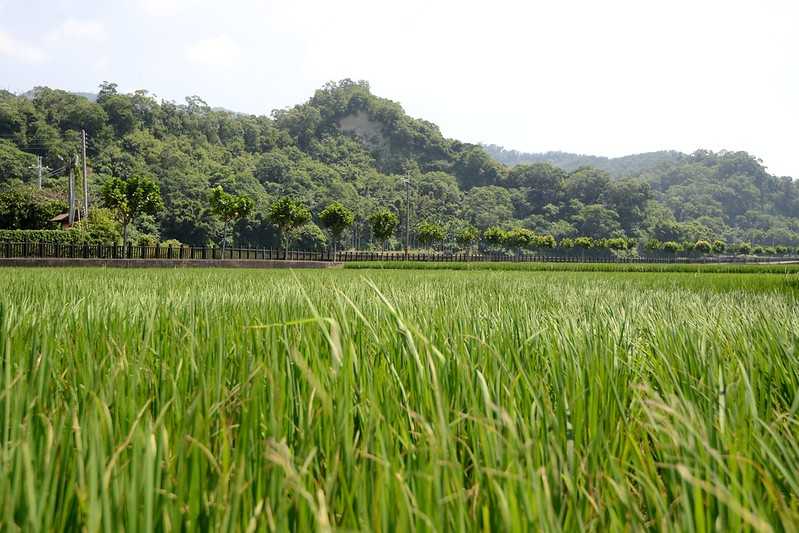

When you arrive at the entrance of Huatao Kiln, you have to walk uphill for a while, just in time for some exercise. Hundreds of species of plants are planted here. It is not only the studio of ceramic artist Chen Wenhui and his wife, but also a cultural garden that integrates multiple cultures.



It was almost noon when we arrived, so we had lunch first and then took our time to visit.

The lunch provided by Huatao Kiln is the ancient rice-cutting rice, which allows you to experience the flavor of a traditional farmhouse.

Lunch is buffet style. Braised pork, white-chopped chicken, braised bamboo shoots, braised dried beans, green onion eggs, and stir-fried vegetables are all dishes that were commonly eaten in ancient agricultural societies. You can pick up your favorite dishes in a pottery bowl and reminisce about the past. , there is also watermelon and cold grass jelly to eat after the meal.

After the meal, we followed Yulan, the tour guide of Huatao Kiln, to visit the cultural garden and get to know the plants in the garden.
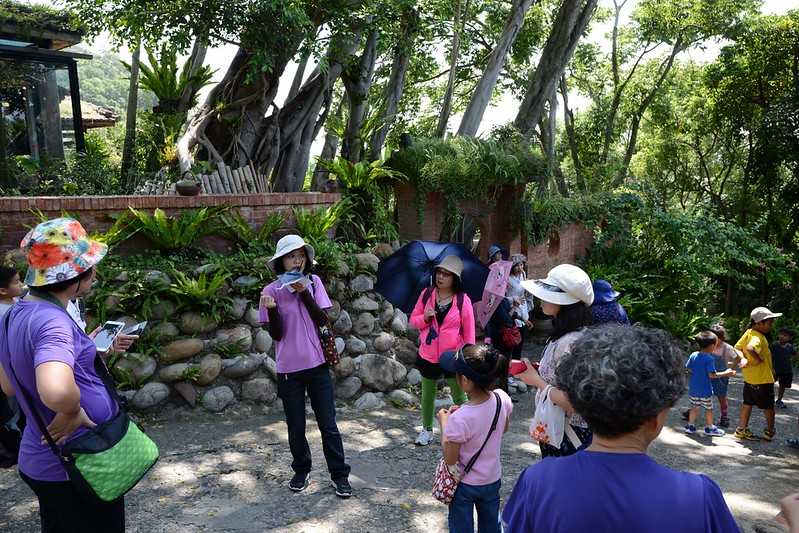
Strolling through the cultural garden, in addition to the natural ecology and flowers, pottery, floral art, and poetry phrases can be seen everywhere, which are all worth slowly appreciating.


The wood-fired kiln next to the old studio uses acacia wood as raw material. The works will be burned for three days and three nights, and then taken out after they have completely cooled. However, the DIY works of ordinary tourists are not fired with firewood, but with an electric kiln similar to a refrigerator. The cost is low and the temperature control is accurate, so the success rate is relatively high.


After the tour, it is time for pottery DIY. The pottery teacher will demonstrate the hand-drawing process and explain the key points and precautions of each action. (Stretching machine 50 yuan/15 minutes)

Then the tour guide will introduce the practice of hand-kneading pottery, such as how to repair the soil after the soil is bonded to each other, and how to control the thickness and size. If you are very satisfied with your work and want to fire it, you can choose between yellow glaze and black glaze. The cost will be calculated based on the volume. (Length*width*height*0.3, if one side is less than 5 centimeters, it will be calculated as 5 centimeters, if it is less than 150 yuan, it will be calculated as the basic fee of 150 yuan)

The following DIY time allowed everyone to use their creativity. It was the first time for many children to try hand-drawn blanks and they found it very interesting. The ceramics teacher will also be there to assist. If you have any questions, you can ask for help at any time.

The finished products can be taken home to dry, or left here to be fired in an electric kiln. Regardless of the number of works, the shipping fee for a single address is 150 yuan.

If you are not interested in DIY, it would be nice to have afternoon tea nearby.



This time, due to time constraints, there was no guided tour of the Ecological Botanical Garden, which was a pity. For those who have never been here, I highly recommend a visit to the Ecological Botanical Garden~

The third stop is "Shanjiao Elementary School Japanese-style Dormitory Group"
The last stop of the trip was Shanjiao Elementary School. When I came here before, I just walked around and thought the Japanese-style dormitory group was quite easy to photograph. This time, Mr. Chen, a retired teacher from Shanjiao Elementary School, helped guide everyone, making the tour more interesting.

To get to the dormitories in the late Japanese colonial period, you will first pass by the ecological pond. There are aquatic plantains, weeping willows, loofah trees, bald cypress, metasequoia, Guanyin lotus, peony lotus, etc. planted in and outside the pond. There are also a few plants beside it. Red-faced duck creates a rich ecological environment.

There are four Japanese-style dormitories here. Two C-class dormitories are for the principal, and two D-class dormitories are for ordinary teachers. As for the A- and B-class dormitories where the governor and ministers live, they are all in Taipei.

Teacher Chen introduced us to the plants around the dormitory in detail, such as the Melaleuca leucophylla in the picture, the small exotic flower Aberdeensis called "green cancer", and the entanglement phenomenon of the fig tree, which made us living in the dormitory very familiar. People in cities know more about plant ecology.

If you look carefully, you will find that this dormitory is different from the others. This is because when the dormitory was restored, all the building materials that could be used after being dismantled, such as wood and bricks, were used in this one. So only this one It can be called a historical building, recreating its appearance at that time.

The interior of the building is used by the Taiwan Rush Society for display and product sales. If you are interested, you can sign up at the counter for a DIY experience of making hand-made deers (80 yuan, 30 minutes).


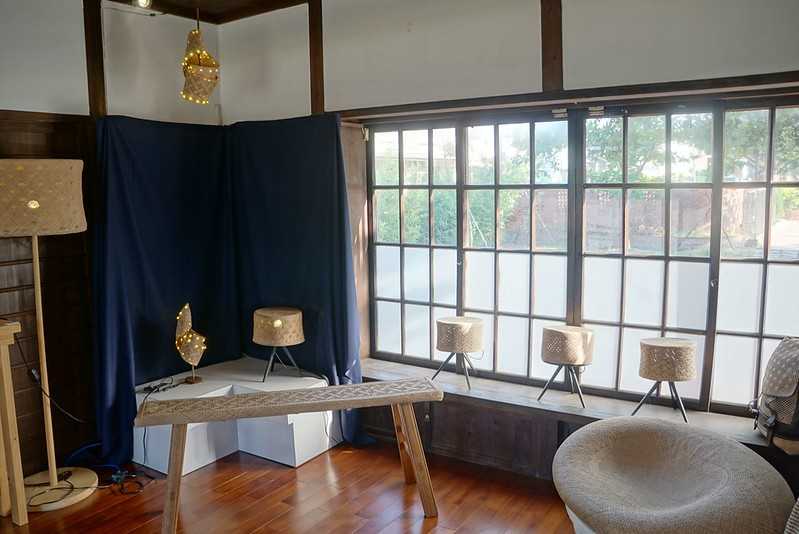
The products sold here are more designed than the sales department of the Rush Cultural Center, and there are also very practical insoles and helmet linings that fully utilize the moisture-absorbing and deodorizing properties of rush.
After visiting the Japanese-style dormitory of Shanjiao Elementary School, the weather is not that hot anymore. I sit on the corridor of the dormitory and enjoy the breeze. It is so comfortable~

On this day trip, we enjoyed the beauty of painted rice fields, pottery gardens and Japanese architecture. The wonderful explanations gave us a better understanding of the traditional rush weaving industry and ecological plants in the garden. It was really rewarding. If you are Traveling with a large number of people, it is highly recommended to hire a tour guide. You will have a deeper understanding of these places~
Rush Cultural Center
No. 99, Wanli Road, Yuanli Town, Miaoli County
TEL: (037) 741-319
Opening hours: 09:00~17:00 (closed every Monday)
Huatao kiln
No. 31, Neighbor 2, Nanshili, Yuanli Town, Miaoli County
TEL: (037) 743-611
Opening hours: 09:30~16:30 (closed every Monday & New Year’s Eve)
Dormitories of Shanjiao Elementary School in the post-Japanese colonial period
No. 47, Neighbor 10, Jiusheli, Yuanli Town, Miaoli County |
|
 Kerry Hotel Hong Kong, Hung Hom, overlooking Victoria Harbour and the city skyline
508 Read
Kerry Hotel Hong Kong, Hung Hom, overlooking Victoria Harbour and the city skyline
508 Read
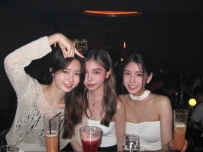 Visiting Taipei's hookah bar Anti Sleep Club, my favorite cocktail is the No.1 Red Heart Guava
1303 Read
Visiting Taipei's hookah bar Anti Sleep Club, my favorite cocktail is the No.1 Red Heart Guava
1303 Read
 Taichung Takuya BBQ?, Japanese garden lake view architecture and decoration style
578 Read
Taichung Takuya BBQ?, Japanese garden lake view architecture and decoration style
578 Read
 Taipei Zhongshan Station??♀️, fly to Bali SPA massage experience in seconds
775 Read
Taipei Zhongshan Station??♀️, fly to Bali SPA massage experience in seconds
775 Read
 Android APP
Android APP IOS APP
IOS APP